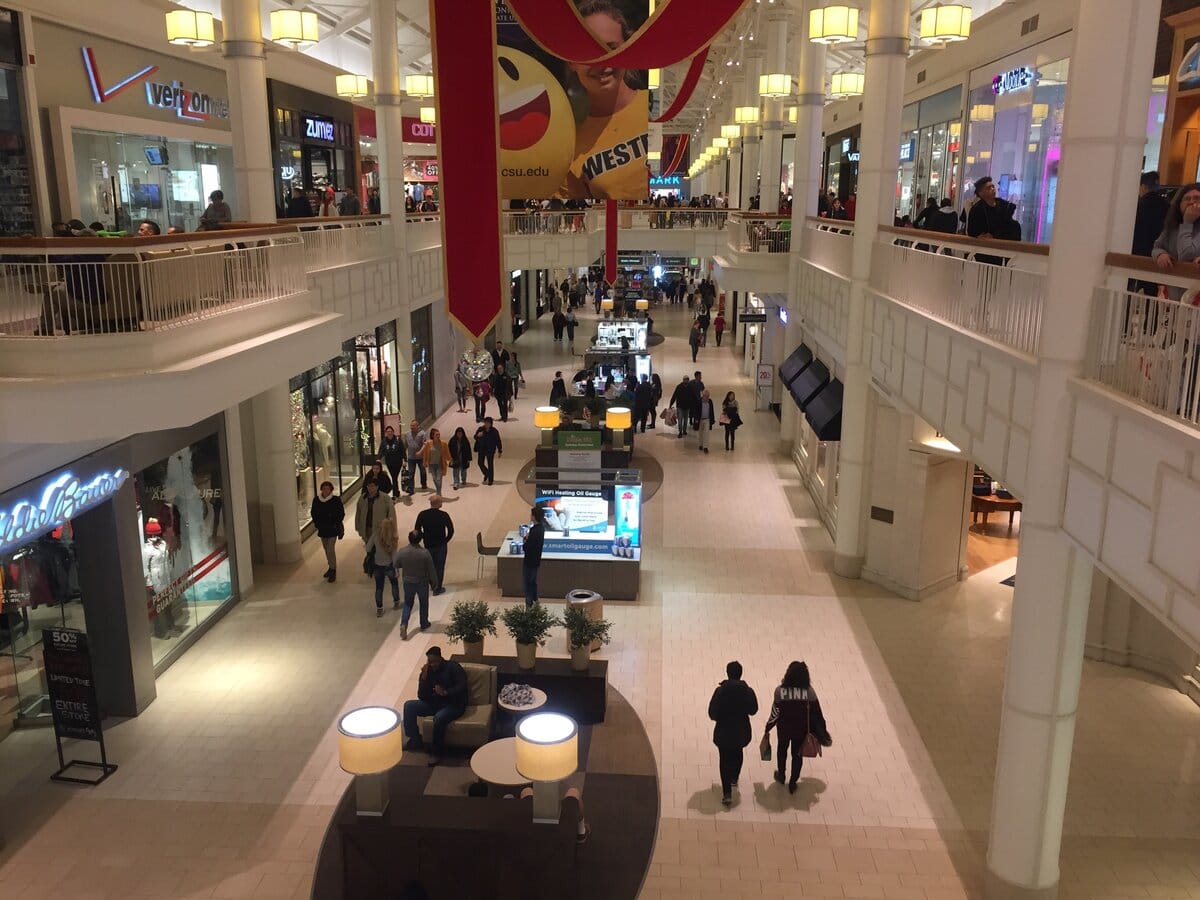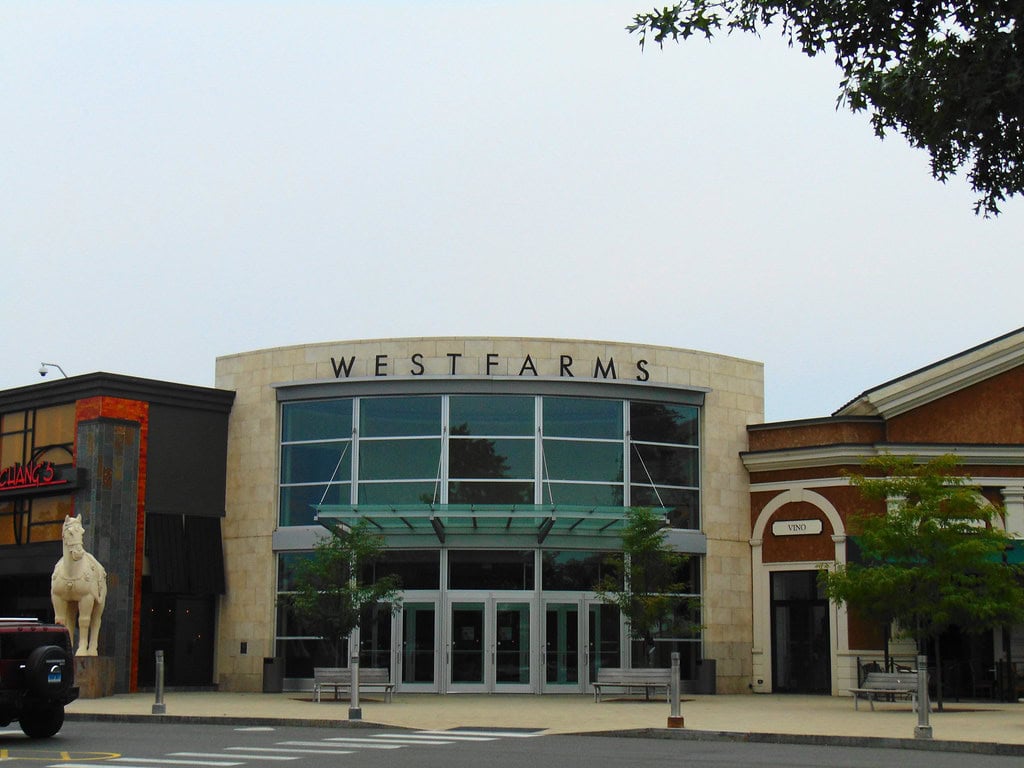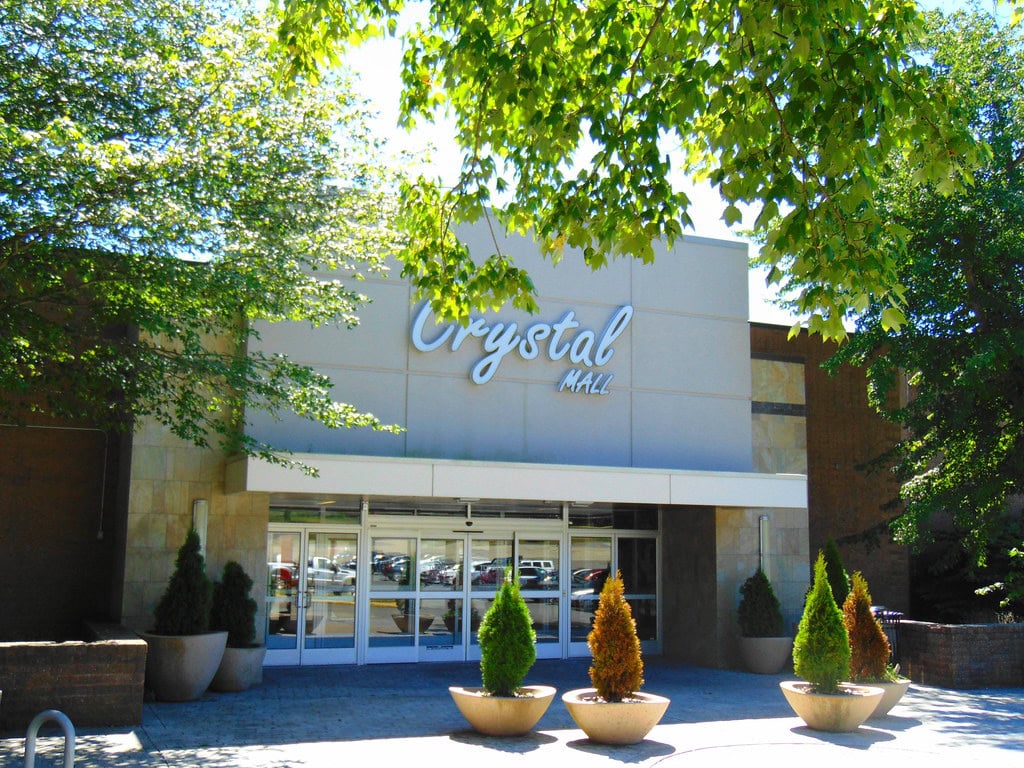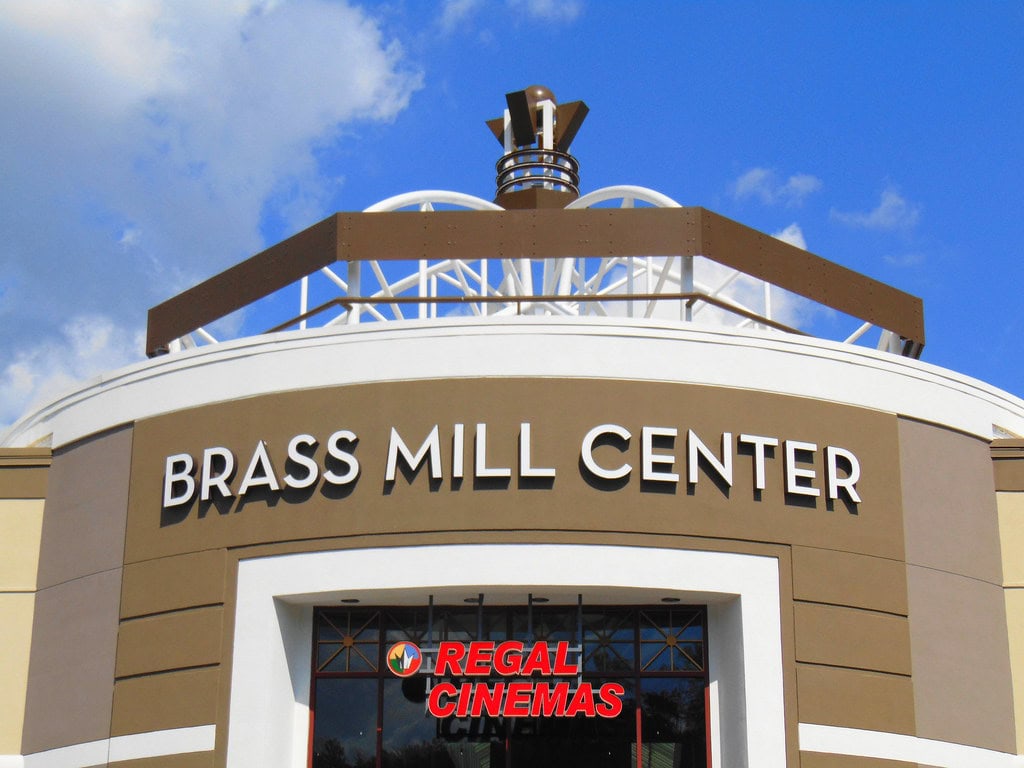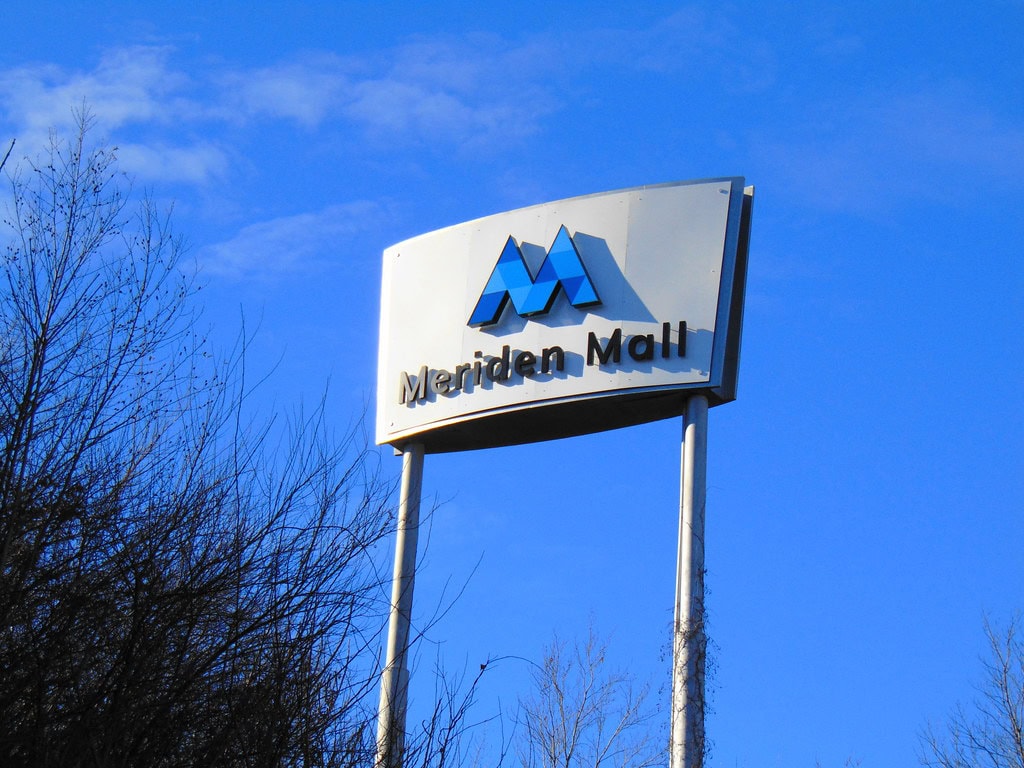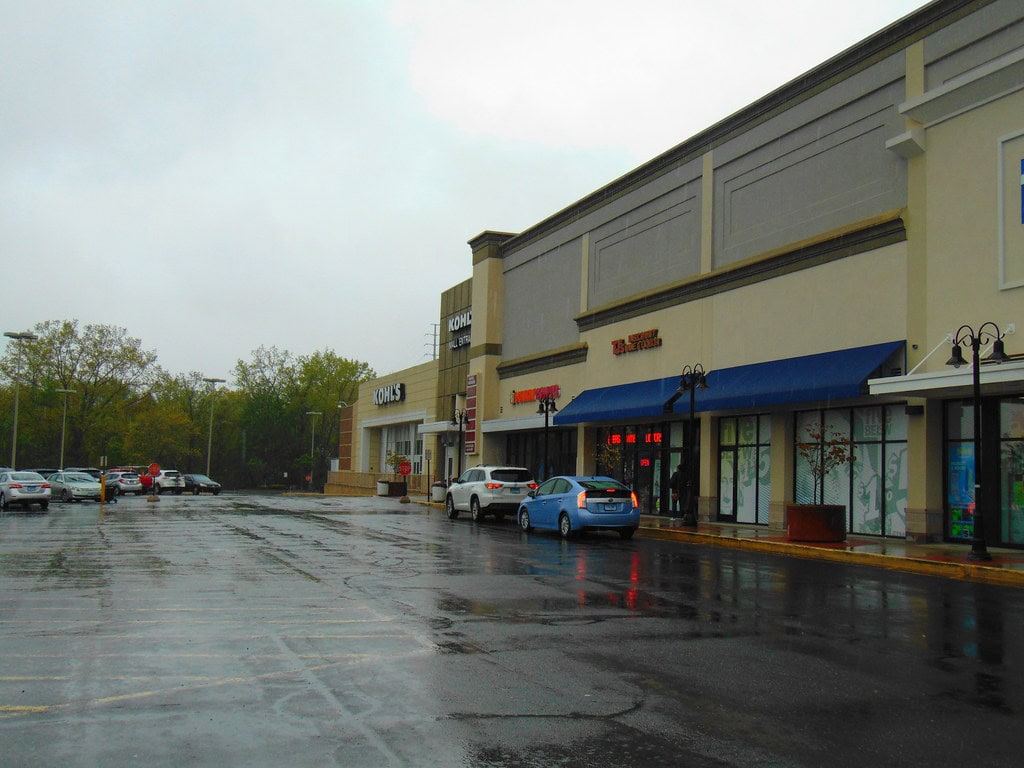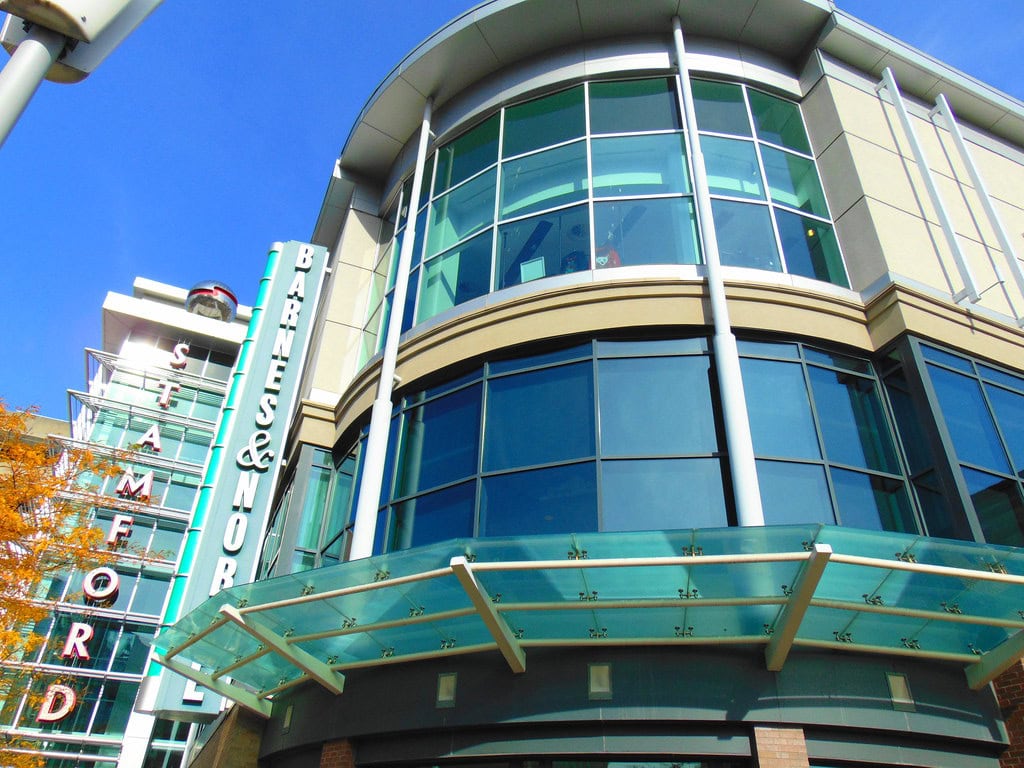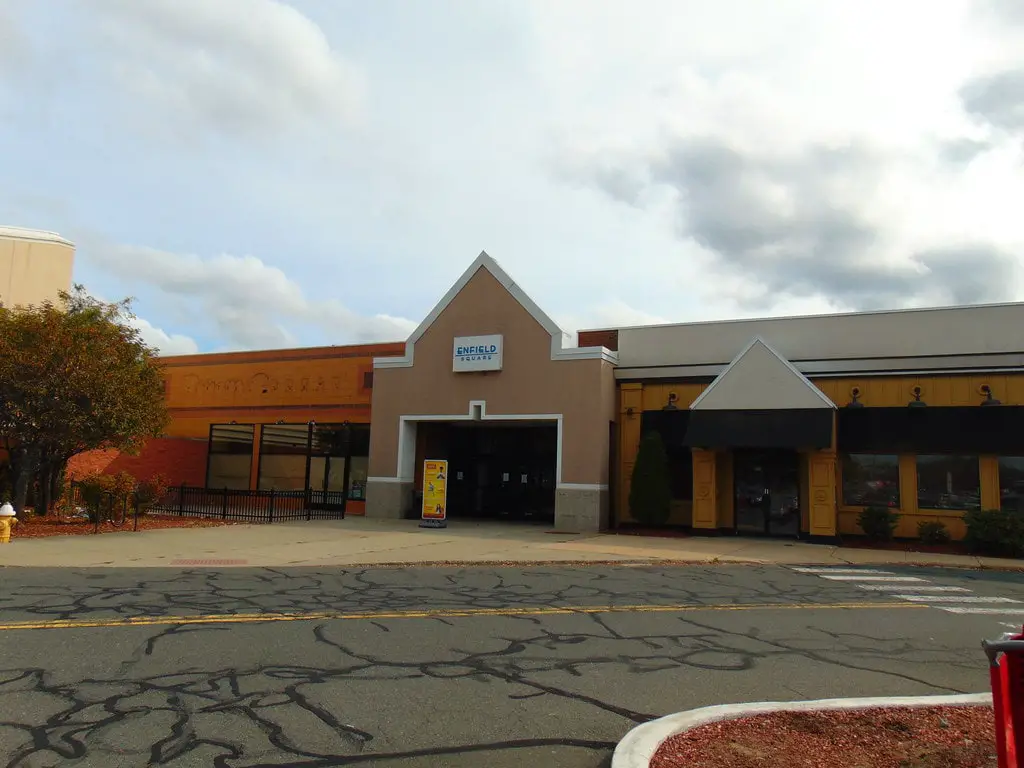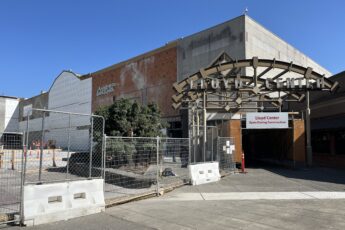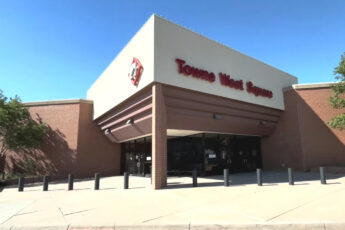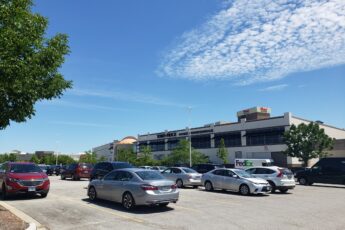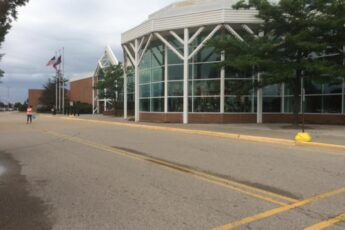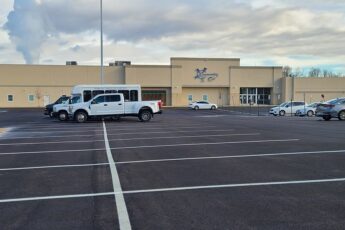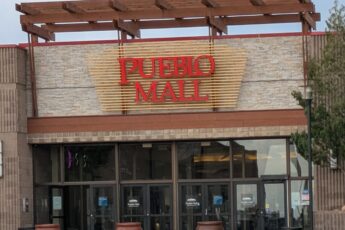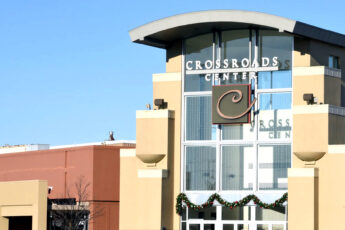Origins and Construction (1970-1975)
Developers planned East Brook Mall in the early 1970s to serve the Northeastern Connecticut region, specifically targeting consumers from Mansfield and Willimantic.
Construction began in 1974. The mall is strategically located at 93 Storrs Road (Route 195), accessible via the Willimantic-Storrs transit route. It officially opened to the public on April 24, 1975.
Three anchor stores formed the initial retail lineup: Sage-Allen, Caldor, and A&P Supermarkets. Caldor, a discount department store chain, occupied the largest space and set the commercial tone for the center.
Sage-Allen, a regional department store, attracted middle-market consumers, while A&P, a national supermarket chain, anchored the grocery sector.
Together, they aimed to draw diverse customer segments.
The mall's initial layout spanned 281,000 square feet, all on a single level, providing convenient access to 25 stores.
The developers emphasized foot traffic flow, focusing on essential retail zones.
Ample parking was included, with roughly 400 spaces surrounding the mall, designed to accommodate peak weekend traffic.
As the first enclosed mall in Northeastern Connecticut, East Brook Mall positioned itself as a retail pioneer for the region.
It opened in an era when enclosed shopping malls defined suburban retail.
Expansion and Changes in the 1980s and 1990s
By 1986, East Brook Mall expanded with a modest addition to the rear, creating a T-shaped layout.
This update aimed to accommodate more stores, hoping to maintain consumer interest as retail competition grew.
Caldor, Sage-Allen, and A&P continued as anchor tenants in the 1980s, but cracks began to show in the early 1990s.
Sage-Allen, struggling as a company, shut down all its locations in 1993, including its spot in the mall.
A&P followed in 1994, leaving a gap in grocery options.
Cherry & Webb briefly took over the former Sage-Allen space but exited by 1995.
That same year, JCPenney moved in, attempting to revive the larger department store presence.
Simultaneously, TJ Maxx opened in the vacated A&P location, catering to discount shoppers and aligning with changing retail trends.
Early 2000s: Decline and Temporary Resurgence
The early 2000s brought further instability.
Caldor closed in 1999 due to the chain's collapse, and Ames filled the void in the same year, though only briefly.
Ames declared bankruptcy in 2002, leaving another anchor spot vacant.
The mall's operators sought to diversify attractions by opening a movie theater in 2004.
The theater drew foot traffic, but not enough to counteract the ongoing retail struggles.
In 2005, the mall underwent renovations, featuring new glass atrium entrances, skylights, and exterior enhancements like a wooden canopy.
Kohl's opened in the former Caldor/Ames space in 2006, giving the mall a brief period of renewed activity.
However, the larger trend of store closures persisted, foreshadowing further retail decline.
JCPenney's closure in 2013 marked another loss, leaving one of the mall's major interior spaces vacant once again.
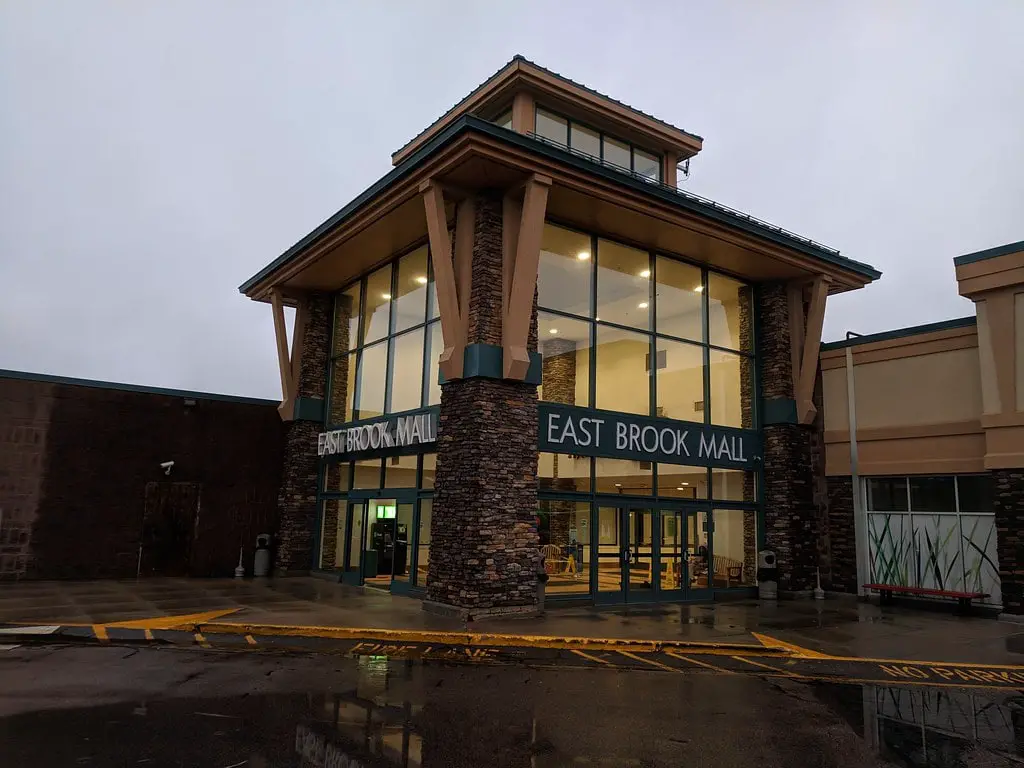
Anchor Store Transitions and Specialty Retail (2013-2020)
After JCPenney closed its doors, East Brook Mall needed fresh tenants.
That same year, Michaels, the arts and crafts retailer, moved into a space next to TJ Maxx, drawing hobbyists and DIY enthusiasts.
However, the old JCPenney space remained empty for several years, further straining mall foot traffic.
The mall attempted to bring in more local and specialized offerings.
Questers Way, a children's activity center, opened in 2015, occupying part of the JCPenney space.
Dressbarn moved into another section in 2016, targeting budget-conscious fashion shoppers.
However, this strategy faltered. Dressbarn shut down in 2019 following the chain's nationwide closures.
Questers Way also closed that year, citing lower-than-expected business.
By early 2020, Old Navy decided to lease the now-divided JCPenney space.
This brought renewed activity, but Old Navy's choice to block interior mall access limited its contribution to the overall retail environment.
The store only opened directly to the parking lot, cutting off flow within the mall itself.
The Impact of Store Closures and Increased Vacancies
As the 2020s progressed, East Brook Mall saw more stores shuttering.
Olympia Sports, RadioShack, and the Hallmark store all left, contributing to a vacancy rate that reached 17% by 2021.
This rate exceeded national averages for malls, reflecting the ongoing struggles of smaller regional shopping centers.
New tenants took over some of the empty spots.
Spectrum Mobile replaced the former TD Bank, while Sally Beauty moved into half of the old Payless Shoe Source location in 2021.
However, these stores also restricted interior access, contributing to a fragmented shopping experience.
Larger vacant spaces, like the former Waldenbooks and Art of Home and Kitchen, have remained empty for years.
Without strong anchor tenants or a cohesive tenant mix, the mall continues to lose relevance in a rapidly evolving retail landscape.
These empty stores create a bleak atmosphere, making it hard to attract shoppers and new retailers.
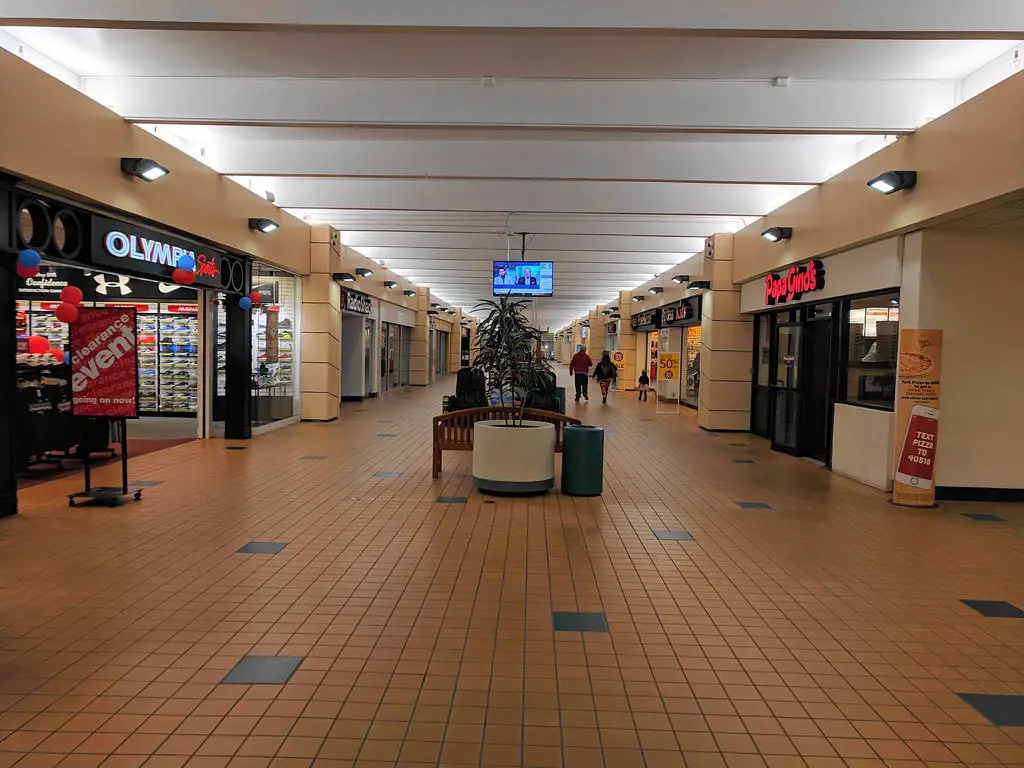
Current Condition: A Struggling East Brook Mall
In 2023, the mall hosted community-oriented events such as job fairs and local meet-ups, but these efforts haven't significantly boosted commercial activity.
The Mansfield Movieplex remains operational, albeit with fewer showings and reduced attendance.
It caters mostly to a dwindling loyal customer base.
As of 2024, East Brook Mall remains a shadow of its former self.
Stores like Kohl's, Michaels, Old Navy, TJ Maxx, and Mansfield Movieplex keep some traffic alive, but overall activity has dwindled.
The remaining stores, like Famous Footwear, GameStop, and Dollar Tree, mostly cater to niche interests or discount shoppers.
The vacancies are noticeable.
Empty storefronts like the old Waldenbooks, RadioShack, and Olympia Sports create dead zones that disrupt any sense of community.
Outside, businesses like Applebee's and Dollar Tree, located in the parking lot, see some activity, but these stores feel disconnected from the mall itself.
The overall environment feels dated, with aging infrastructure and fewer reasons for people to visit, especially when other retail options are more appealing and modern.
Mall ownership has been exploring alternative leasing options, including offering spaces for non-traditional tenants like local offices, health services, and pop-up shops.
However, these options haven't resulted in long-term commitments.
Community discussions are increasingly focused on redevelopment ideas, such as converting the mall into a mixed-use complex with residential, commercial, and recreational facilities.
As of now, East Brook Mall remains open, but the chances of it remaining a traditional shopping mall are slim.
For many, the mall's future lies in reinvention, focusing on broader community needs rather than retail alone.

